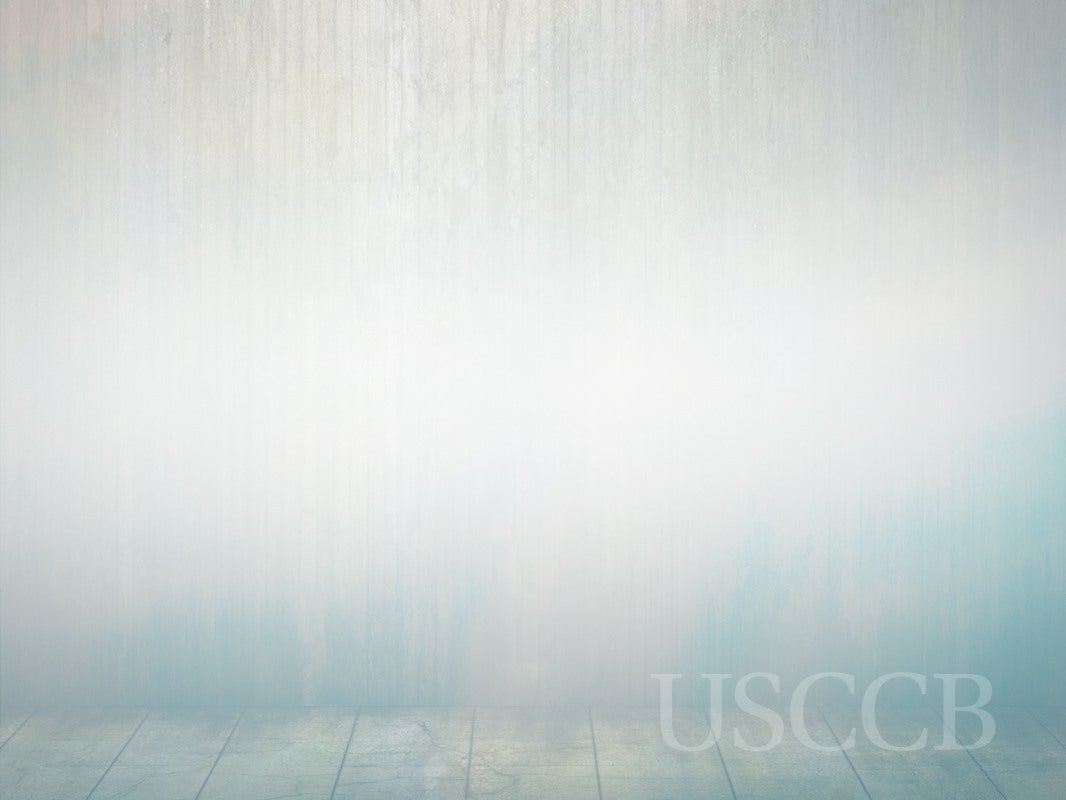

Covering the
Vatican
If you’re reading this, your editor probably just (a) assigned you to cover a
papal trip or an event at the Vatican, or (b) asked you to get comments from
Rome regarding a local issue in which Holy See policy might come into play.
Headed by the pope, the Holy See is the central authority of the Catholic
Church. Technically it differs from the Vatican, which refers to the indepen-
dent state established by the Lateran Pact with Italy in 1929 as Vatican City
State, the smallest sovereign nation in the world. As noted, Vatican City State
is distinct from the Holy See, which refers to the pope and his Curia.
Just as the U.S. president has a cabinet of officials overseeing various areas
of national government, the pope has the Roman Curia, which oversees the
various facets of church life around the world. Familiarity with the Curia and
knowing which departments focus on which facets are extremely helpful in
tackling any story concerning the Vatican, since knowing whom to contact
can be half the battle. If you’re about to book a plane ticket for Rome, there
are several types of events you might be covering; and before you go it’s wise
to get a handle on what to expect, be it a canonization ceremony, your local
archbishop receiving his pallium, or the election of a new pope (not to men-
tion the process of actually getting accredited to cover the event). Outside the
Curia itself, there are many resources to help you get acquainted—from the
official Vatican newspaper and other publications to the American seminary
in Rome. Whatever your assignment, the following information should help
get you started.
PRESS CREDENTIALS
If you’re traveling to Rome, apply ahead of time for temporary accreditation to
the Press Office of the Holy See (
Sala Stampa della Santa Sede
). You can sur-
vive without it, but it makes covering events easier, and the press office itself
can be a useful resource.

















